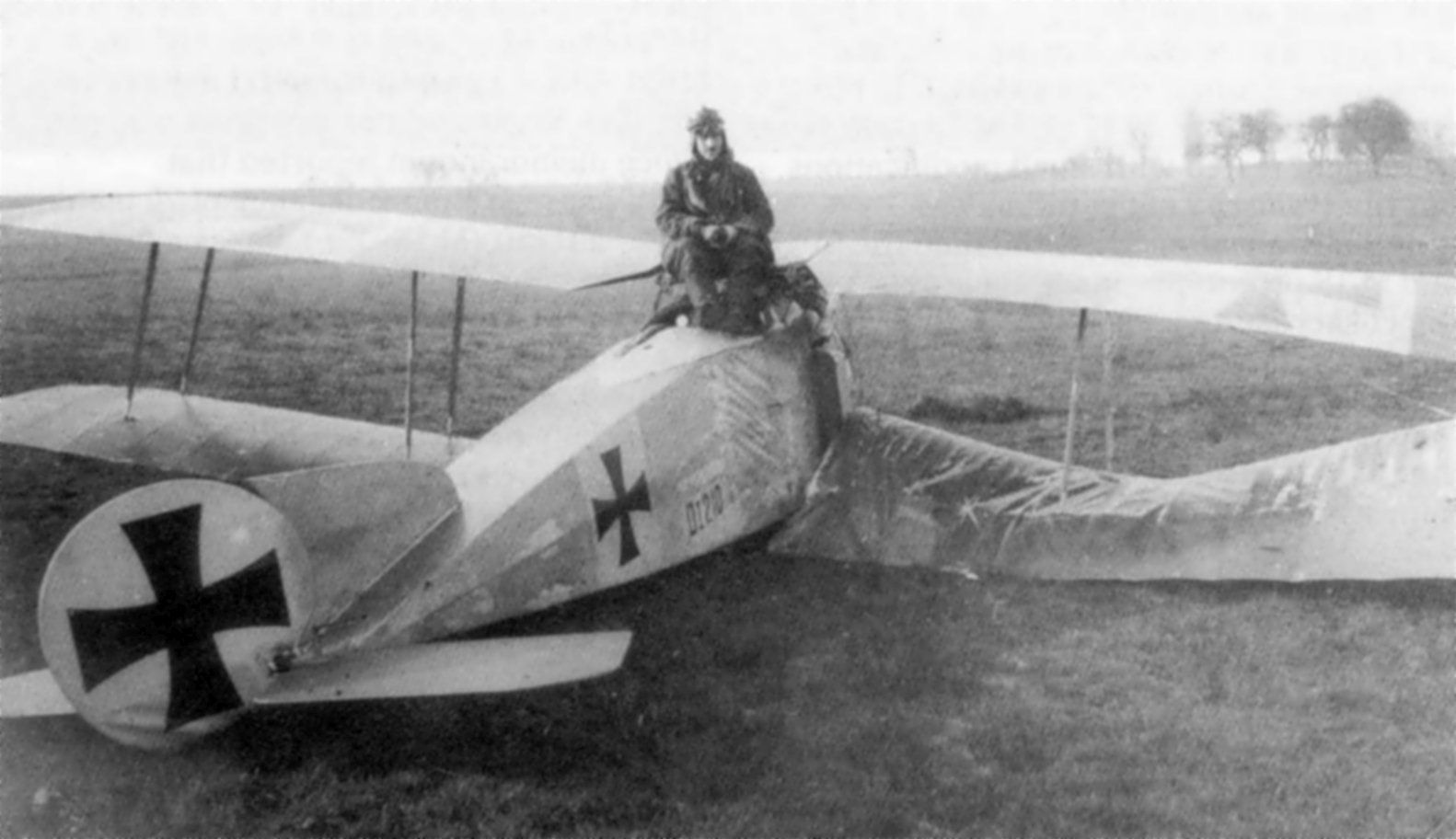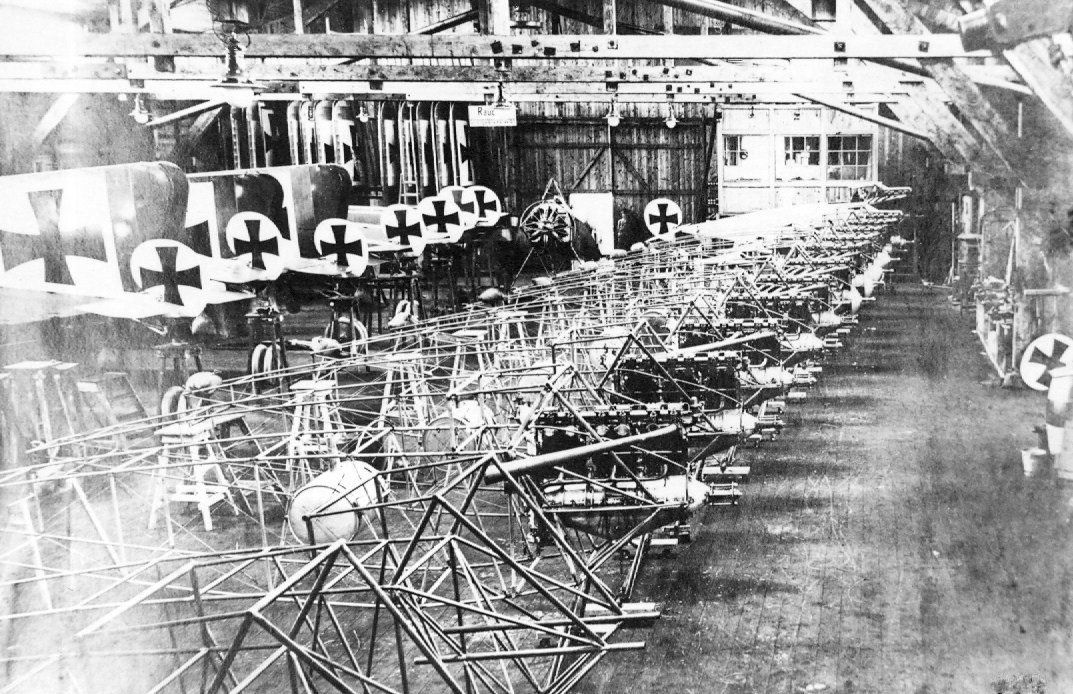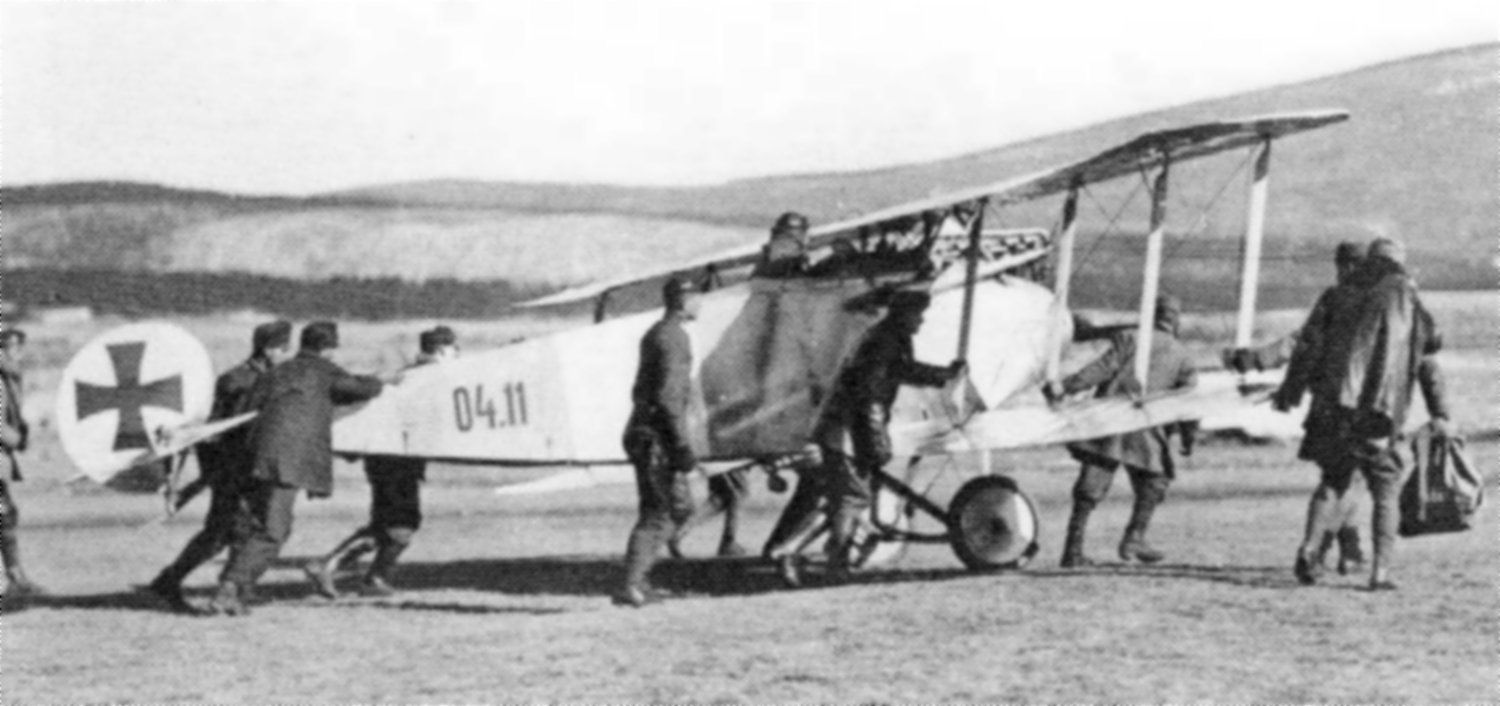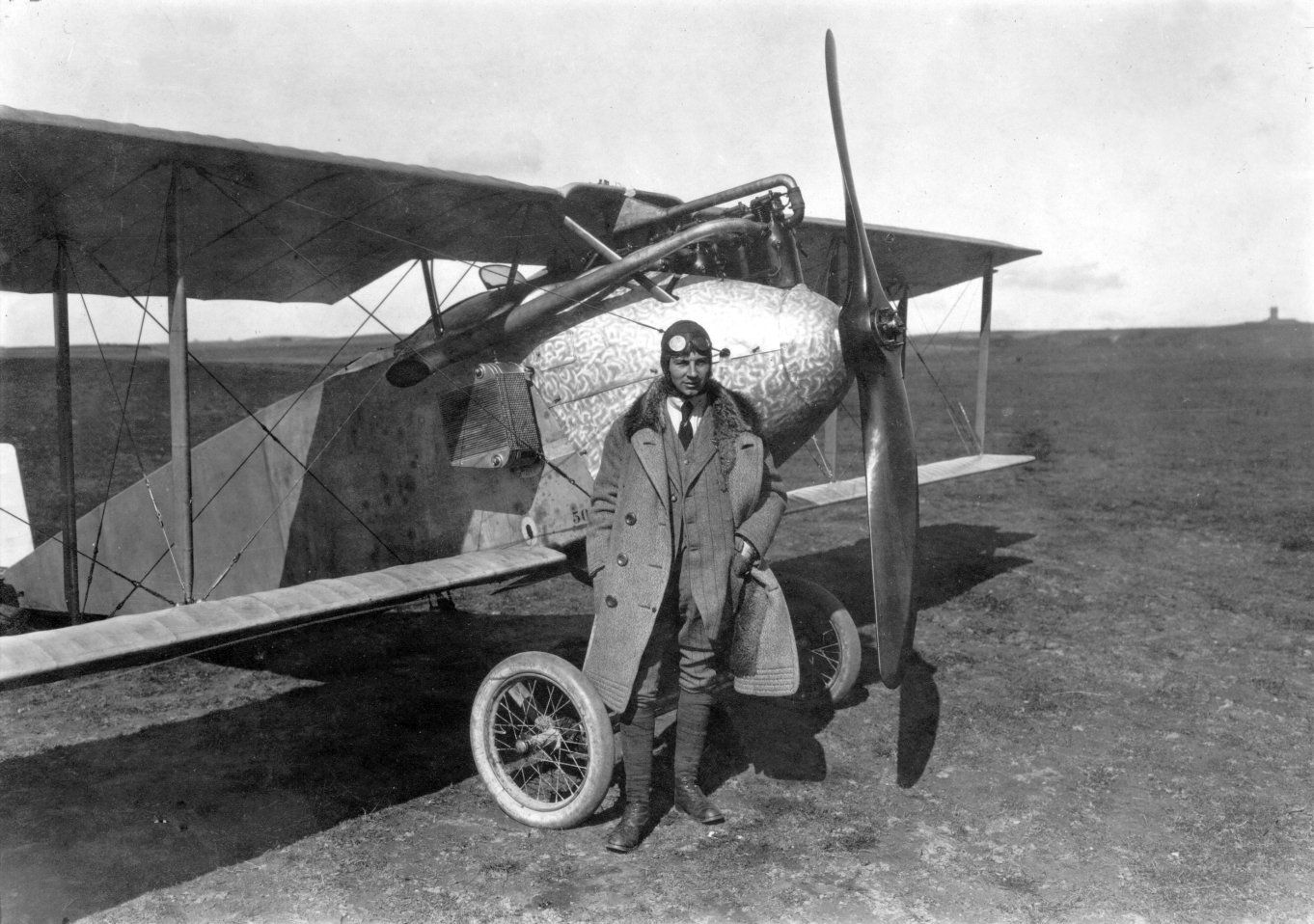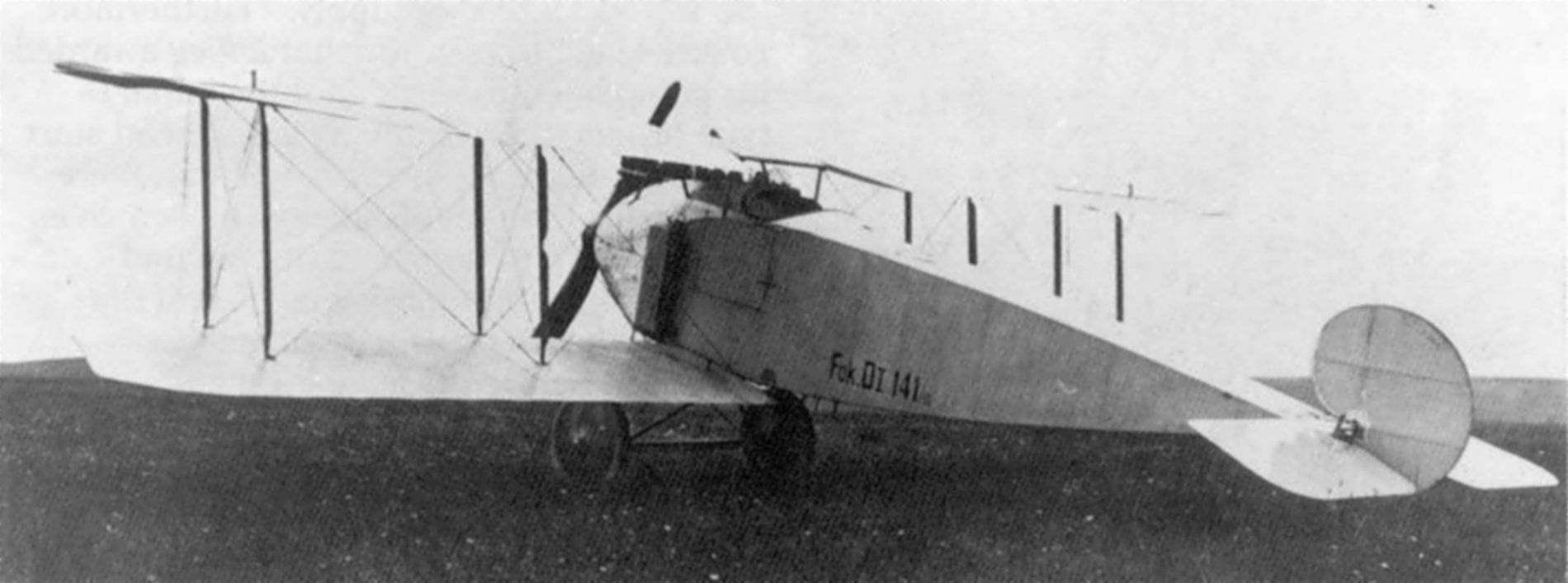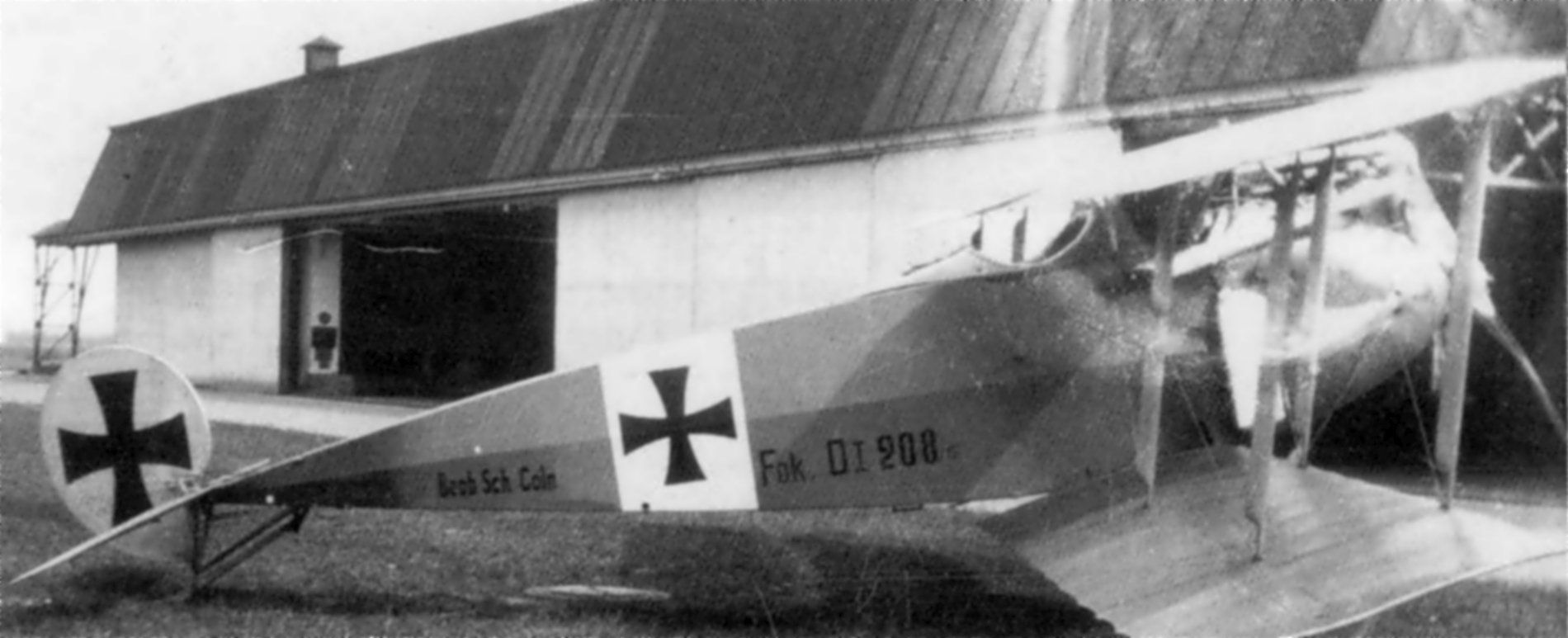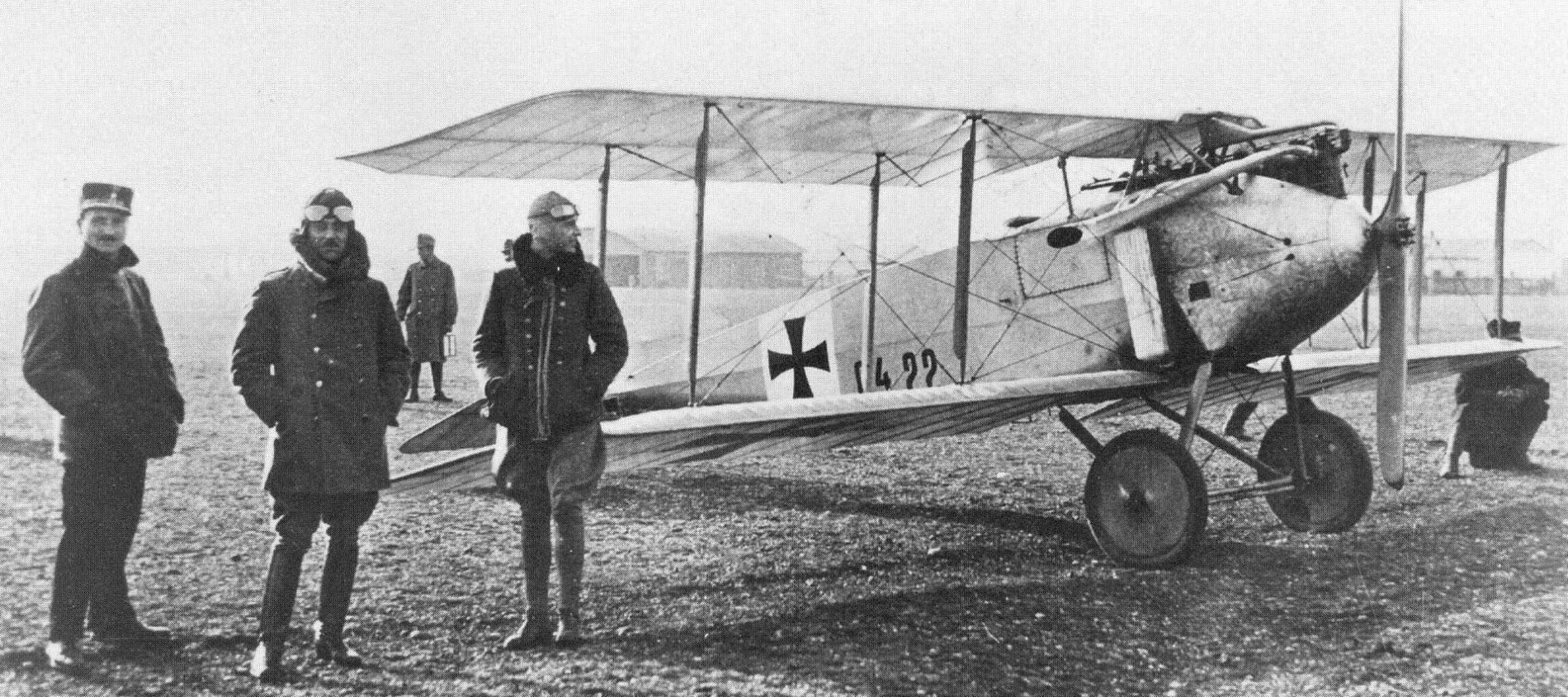The Fokker D.I
The Fokker D.I was a fighter aircraft from the First World War.
Contrary to what the name suggests, the DI (M.18ZF / M.18ZK) was the successor to the D.II (M.17ZF / M.17ZK).
Both Fokkers entered service simultaneously with the German army, which received the first ninety aircraft around July/August 1916.
Another sixteen D.Is went to the Austro-Hungarian aviation forces.
The D.I had ailerons in the wing or wing warping system.
The D.I had one Spandau LMG.08/15 machine gun and was equipped with a six-cylinder 120 hp Mercedes D II inline engine.
The D.I would serve as the basis for the D.III and the D.IV.
The aircraft was also built under license at MAG, Magyar Általános Gépgyár, (General Hungarian Machine Factory) in Hungary, among others for the Austro-Hungarian Army.
Click on the photo to enlarge the photo



